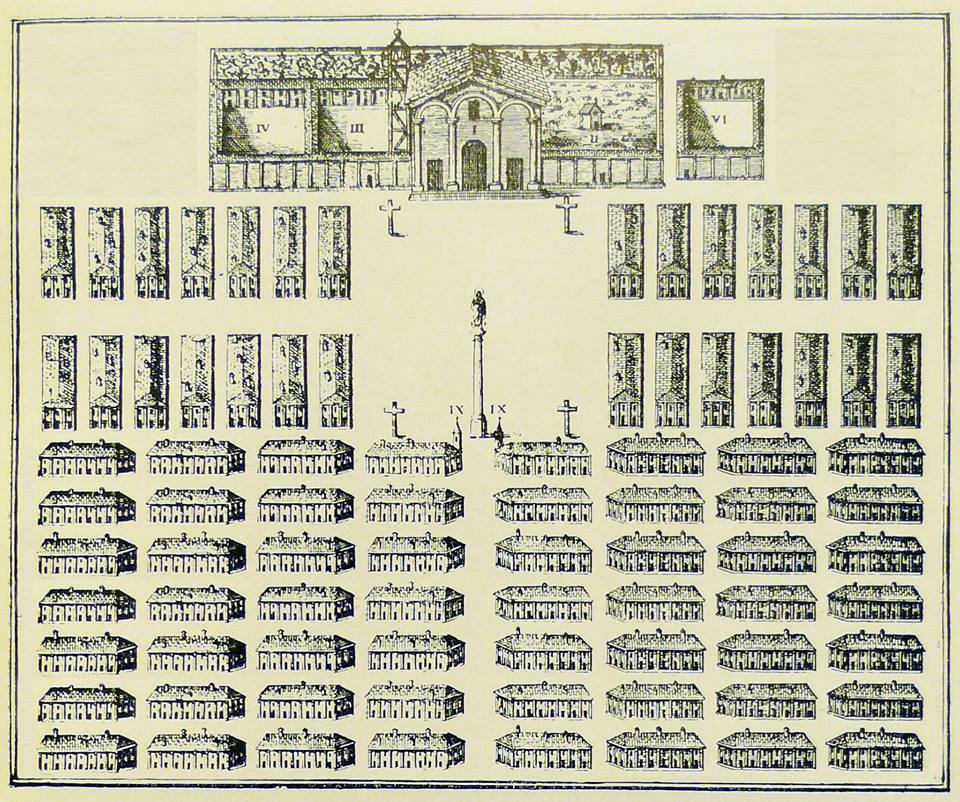City/Architecture PhD program
End of Year Presentations
Thursday 25th of June, from 15th to 19.30th
33 Bedford Square, First Floor, Back Room
Radical Settlements
The Iranian Shahraks, The Jesuit Mission, The Hortus Conclusus and The Chinese Commune
To settle is one of the primary conditions for architecture. When it provides conditions for inhabitation architecture reduces itself to fundamental operations: architecture enables, orients, influences, includes, excludes, solicits, and above all constrains. Often taken for granted within architecture’s ‘banality of good”, these fundamental operations are architecture’s most important contribution to the project of the city. Here the politicization of architecture is no longer ‘discursive’ but it is embedded in the very material constitution of its elements: walls, passages, rooms, streets etc.
While the act of settling expresses a desire for stability and sense of orientation, settlements always confront situations of crisis, disorder and failure.
Radical settlements present four case studies – the Iranian new towns, the Jesuit Reduction in Brazil, the Hortus Conclusus in the form of the Persian garden and the monastic cloister and the Chinese Commune – in which the act of settling is presented within its utmost political and spatial intensity. Policies, rules, principles inform the way in which space is organized, framed and oriented. Especially in times of danger, crisis, warfare and colonization, to settle becomes a primary act of social mobilization in order to define and reproduce specific forms of life. The goal of these four close readings of exemplary forms of settlements is to go beyond the dichotomy of form and program and to see how these two categories are always deeply interrelated within the spatial order of settlement.
Program
15.00
Introduction by Pier Vittorio Aureli
15.10
Samaneh Moafi, “Housing as Warfare: A Spatial History of the ‘Shahraks’ in the 1970’s”
Respondents: Hamed Khosravi, Adrian Lahoud, Charles Rice
15. 40
Davide Sacconi, “Archetypes and Alterity: Notes on the Jesuit Reduction”
Respondents: Thomas Weaver, Mark Campbell
16.10
Olivia Neves Marra, “Hortus Conclusus: The Persian Garden and the Cistercian Cloister: Two
Ideas of Spatial Enclosure”
Respondents: Thomas Weaver, Mark Campbell
16.40
Jingru Cyan Cheng, “Towards a New Rural Commune: The Lesson of People’s Commune and Rural China in Light of the Hukou Reform”
Respondents: Doreen Bernath, Sam Jacoby
17.00
conclusions



